While the animal kingdom is full of bizarre and brutal behaviors, there’s a special place for those who treat mating like a short-lived honeymoon—emphasis on the short. We often observe animal behavior with awe and intrigue, but sometimes, it’s the shocking and ruthless practices that leave us slack-jawed.
1. Praying Mantis: The Ultimate Fatal Attraction
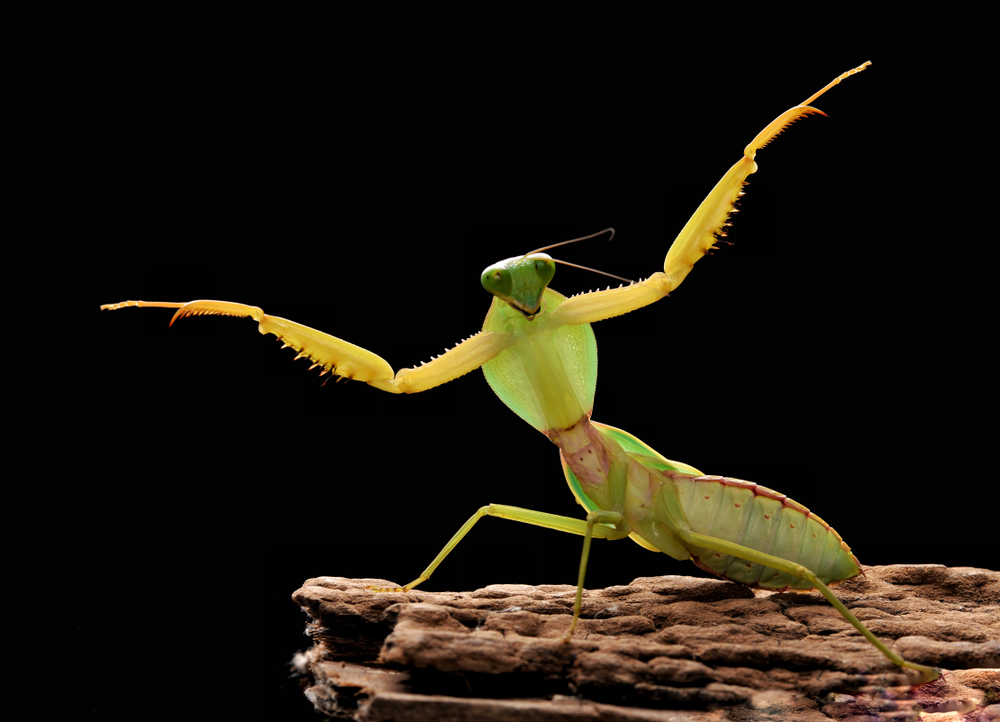
Ever heard of a romantic dinner for two where one becomes the meal? In the world of praying mantises, that’s not just a possibility—it’s practically tradition. According to National Geographic, the female praying mantis is notorious for biting off the head of her mate. The gruesome act might actually benefit the female by providing her with extra nutrition for their young. This bizarre dinner table dynamic is part of what makes mantises both captivating and terrifying.
Even without a head, the male mantis doesn’t stop performing his duties—thanks to some kind of instinctual autopilot. It seems like nature has given them a one-track mind, literally. Not all mantis encounters end in decapitation, but it’s frequent enough to have captured the fascination of biologists and horror enthusiasts alike. The irony here is that the male’s demise often ensures the continuation of his lineage. Talk about a bittersweet end to a whirlwind romance.
2. Black Widow Spiders: Femme Fatale With Eight Legs
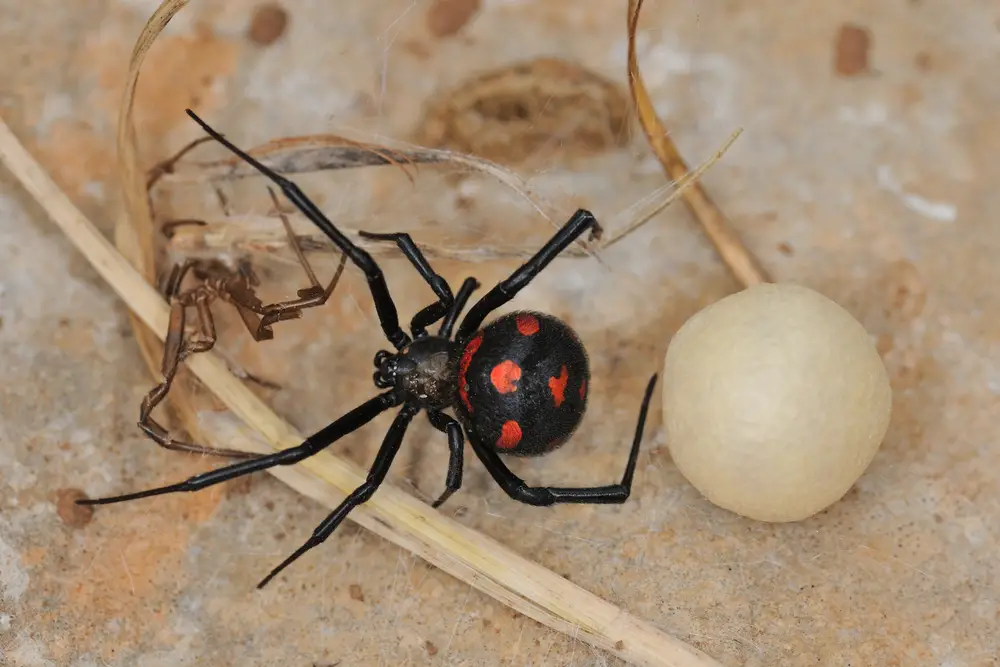
The black widow spider is a headline-grabbing example of lethal love. These notorious arachnids have earned their name because the female sometimes kills and eats the male after mating. But according to the Burke Museum, this deadly liaison isn’t guaranteed, though; it happens only in some cases. The males have developed a repertoire of strategies to avoid becoming dinner, like approaching the female when she’s busy or already well-fed.
Despite the risk, the allure of mating with a black widow is strong enough to keep males coming back. This blending of courtship and combat creates a high-stakes drama that seems straight out of a thriller. For the male, it’s not just about passing on his genes—it’s about surviving the encounter to perhaps mate again. It’s as if black widows were the original “love hurts” metaphor, spun into a web of intrigue and peril.
3. The Ruthless Rituals of the Australian Redback
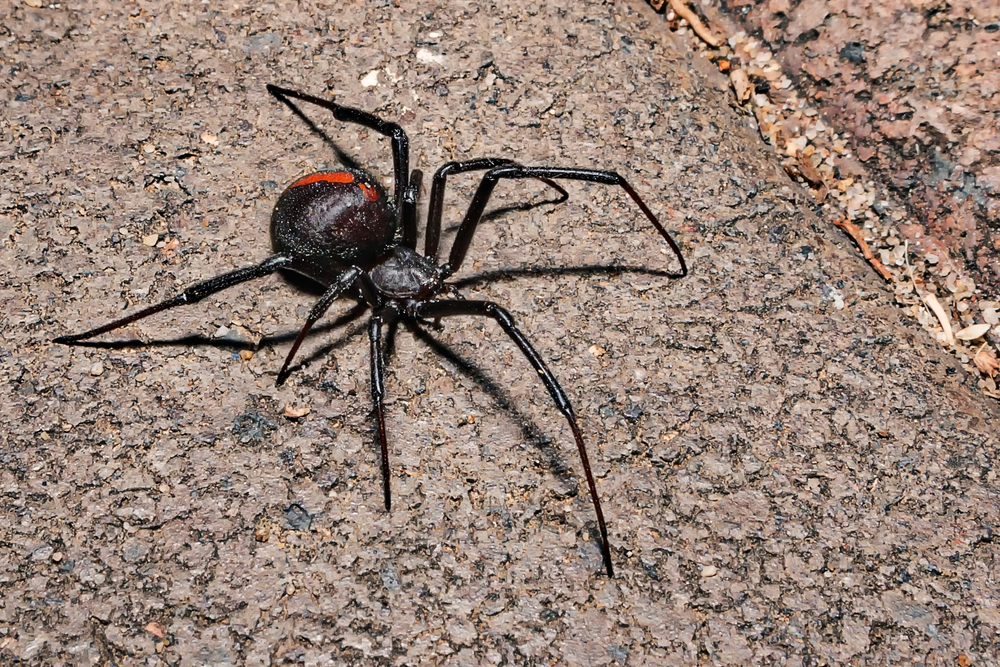
Let’s stick with the theme of perilous romance and take a closer look at the Australian redback spider. These little guys take courtship to a deadly level, where the risk of becoming a snack is very real. The male often offers his body as a meal to the female during mating. For the male redback, this act of self-sacrifice might seem counterintuitive at first. However, it ensures that his genes are passed on, as a well-fed female is more likely to produce healthy offspring.
Survival-wise, this is a calculated risk that sometimes pays off; if he’s lucky, he might manage a quick escape. But even if he doesn’t make it out, his demise isn’t in vain. The act increases both his chances of fathering the offspring and the likelihood that they will survive. It’s a grim fate that underscores the redback’s unique approach to love and legacy, proving that sometimes, the ultimate sacrifice is the only way to win at love.
4. Male Octopuses: Love ‘Em and Leave ‘Em—Forever
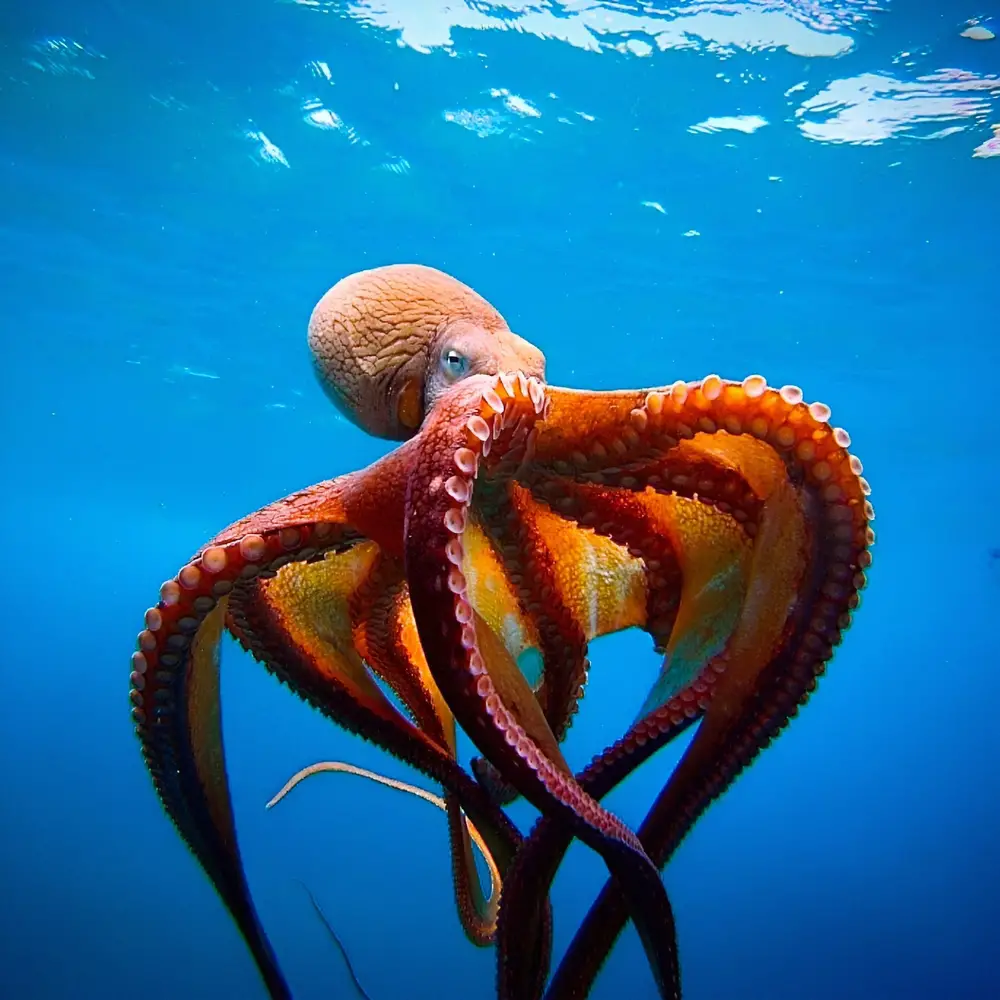
Octopuses are already fascinating creatures, but their reproductive rituals add another layer of intrigue. Male octopuses die shortly after mating, a phenomenon that’s as mysterious as it is tragic. The male often uses a specialized arm to transfer sperm to the female, marking the beginning of the end for him. This biological clockwork seems unfair, but it’s nature’s way of ensuring that he gives all he can for the continuation of his species.
The female octopus doesn’t fare much better. After laying her eggs, she dedicates her life to protecting them, often refusing to eat and eventually dying once they hatch. This brief but intense burst of life and death highlights the harsh realities of octopus breeding cycles. Their lives, though short, are dedicated entirely to ensuring the next generation’s survival. In the end, both sexes give everything they’ve got, making their story both tragic and heroic.
5. The Short-Lived Romance of Honeybees
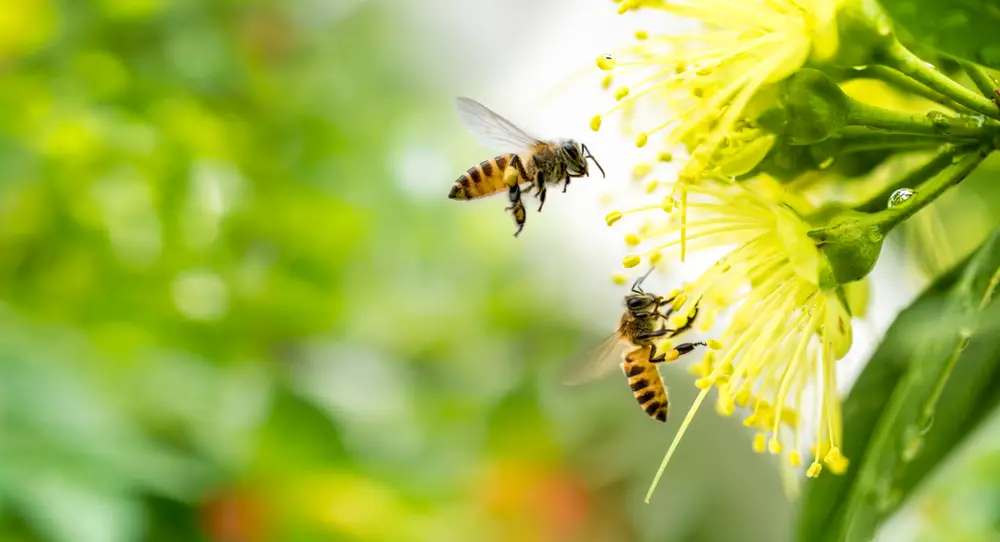
The honeybee mating process is a one-time event—literally. When a male bee, known as a drone, mates with a queen, he pays the ultimate price. During the act, his endophallus is ripped from his body, resulting in his immediate death. It sounds harsh, but this act ensures that his genetic material stays with the queen, who can store it for future use. The drone’s sacrifice contributes to the survival of the hive, which thrives on this cycle of life and death.
After the mating flight, the queen returns to the hive, carrying the genetic legacy of several drones. She uses this stored sperm to lay thousands of eggs, ensuring the hive’s future generations. For the drones, their fleeting moment of glory is their only chance, and they seize it with fatal determination. This all-or-nothing approach to reproduction underscores the relentless drive of nature to preserve life, even at the cost of individual lives.
6. The Cannibalistic Courtship of Anglerfish
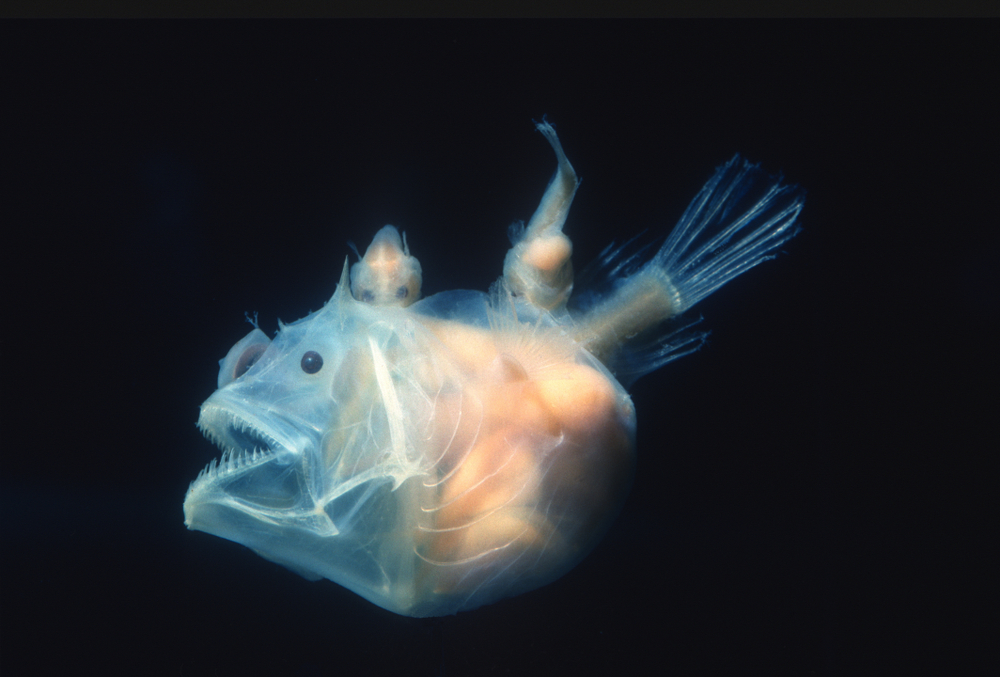
If you think the dating scene is tough, consider the male anglerfish, whose courtship involves literally becoming one with his mate. The deep-sea anglerfish have a mating ritual that could be described as the ultimate form of commitment. The much smaller male bites into the female, eventually fusing with her body. Over time, he loses his eyes and internal organs, living solely to provide sperm whenever the female needs it.
This extreme form of parasitism ensures that the female can reproduce whenever conditions are right. For the male, it’s a one-way ticket to immortality through his offspring. It’s a bizarre and tangled web that defies conventional definitions of relationships but works perfectly for the species. It’s a reminder that even the most unusual strategies can prove successful in the depths of the ocean, where resources are scarce.
7. Love and Lethality: The Life of Male Orb-Weaving Spiders
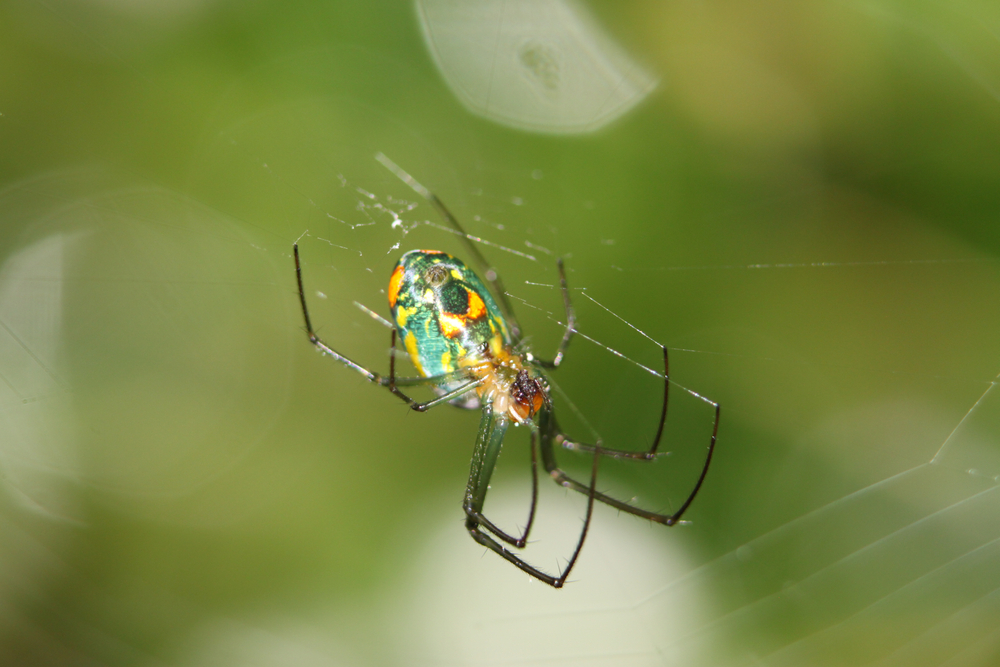
In the world of orb-weaving spiders, mating is not just a risky business—it’s a matter of life and death. Male orb-weavers approach their significantly larger female counterparts with extreme caution. Despite their careful courtship, many males end up on the losing side of love, serving as a meal post-mating. It sounds brutal, but this behavior gives the female vital nutrients to nourish their eggs.
Some males have developed survival tactics to avoid becoming a post-mating snack. Strategies like tying the female with silk or choosing an already-fed female help them escape the grim fate. However, for those who don’t make it, their sacrifice boosts the chances of their offspring’s survival. It’s a high-risk game with no second chances but one that perpetuates these arachnids’ life cycle.
8. The Sacrificial Love Life of Male Sea Slugs
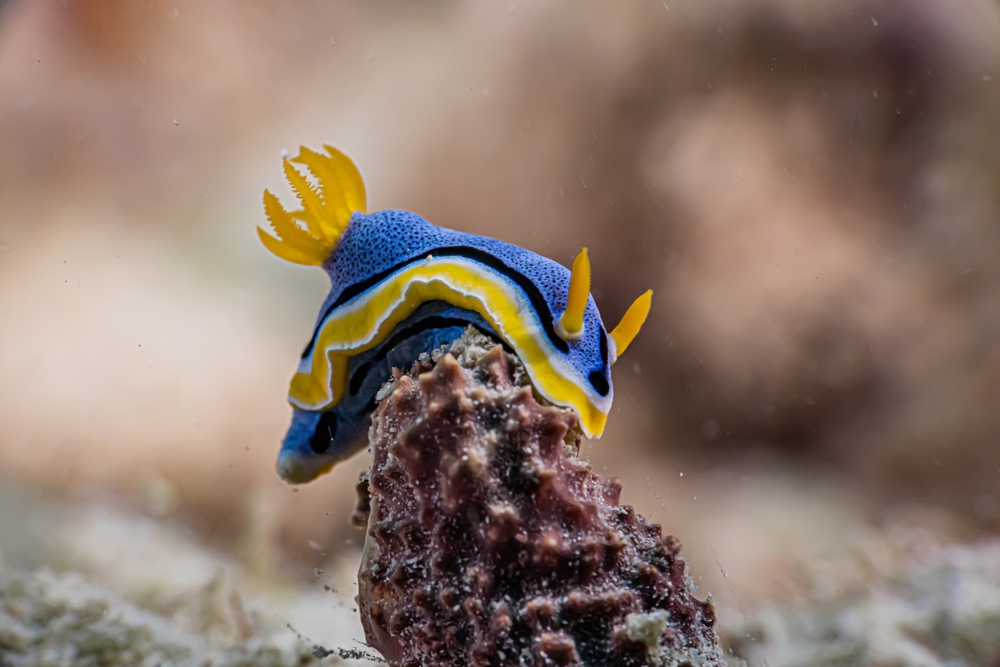
Sea slugs certainly hold their own when it comes to bizarre mating rituals. Some sea slug species engage in a ritual where both try to stab each other to inject sperm. The winner gets to fertilize the eggs, while the loser often sacrifices part of his anatomy in the process.
This seemingly brutal competition is nature’s way of ensuring only the fittest reproduce. Despite the apparent violence, this ritual has its own biological rationale. The sea slugs can regenerate lost body parts, so the sacrifice isn’t as dire as it seems. It’s a testament to their resilience and the lengths they’ll go to pass on their genes, balancing aggression with adaptability.
9. The Dramatic Demise of Male Moths
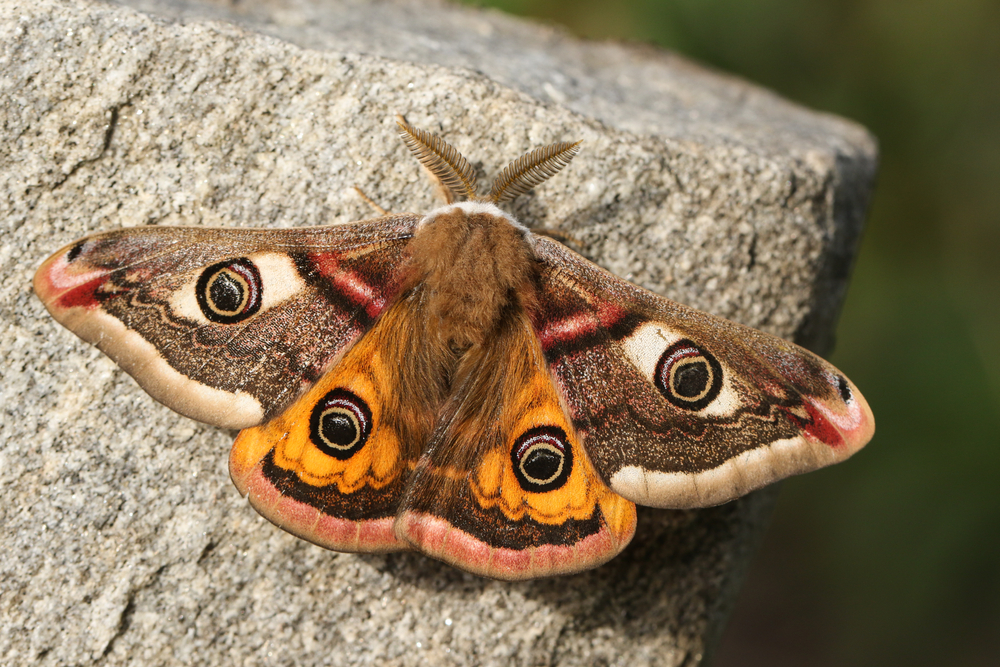
Here’s a tale of romance and sacrifice that takes flight in the world of moths. For some moth species, males meet their end shortly after mating. The male invests all his energy in the act, contributing everything to continue his lineage. This post-mating demise ensures the female has everything she needs to nourish their upcoming progeny.
Every cycle has its reason in nature, and this one is no different. The male’s death, though seemingly tragic, boosts the survival rate of his offspring. It’s a poignant reminder of nature’s relentless drive to perpetuate life, where individual sacrifices ensure the greater good. The circle of life continues, with the male moth’s brief existence leaving a lasting legacy.
10. Brazilian Cave Cricket: A Sticky End
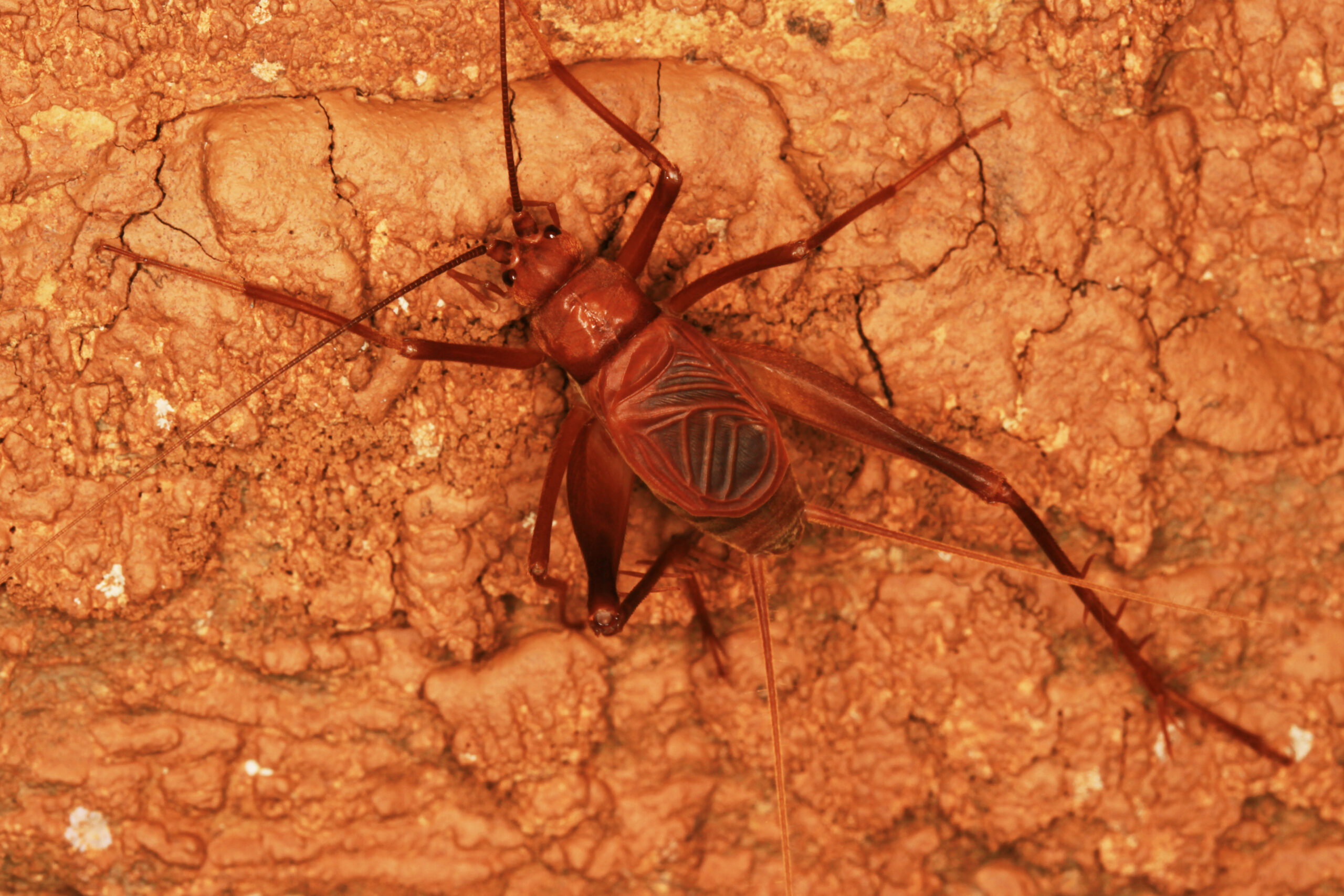
The Brazilian cave cricket has a unique way of ensuring that love sticks—literally. After mating, the male secretes a glue-like substance that traps him in place on the female’s back. This sticky situation ensures that he remains with her until she decides she’s had enough. It’s not exactly the ideal post-mating scenario, but it ensures that he remains close by to fend off any rival males.
This might sound like a romantic gesture, but it’s more about survival and reproductive success. The male can continue to mate with the female by sticking around, ensuring his genes are passed on. However, this clingy approach also leaves the male vulnerable to predators. Ultimately, sticking close to his mate might just cost him his life.
